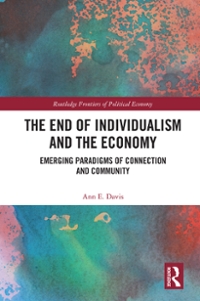Question
Q1. 1. Begin with the Keynesian model in equilibrium. The American Recovery and Reinvestment Act resulted in reduced tax rates and increases in government spending.
Q1.
1. Begin with the Keynesian model in equilibrium. The American Recovery and Reinvestment Act resulted in reduced tax rates and increases in government spending. If tax rates decrease and government spending increases, then what would happen to the equilibrium condition (45-degree line)
The equilibrium condition would shift upward
The equilibrium condition would shift downward
C. the equilibrium condition never shifts and always remains the same
2. Begin with the Keynesian model in equilibrium. The American Recovery and Reinvestment Act resulted in reduced tax rates and increases in government spending. If tax rates decrease and government spending increases, then what would happen to the planned aggregate expenditure (PAE) function?
The PAE function would shift upward
The PAE function would shift downward
The PAE function would not change
3. At higher real interest rates, planned investment ___________. At lower real interest rates, planned investment _______________.
increases, increases
increases, decreases
decreases, increases
decreases, decreases
4. The consumption function is ____________ sloping.
upward
downward
vertical
horizontal
5. Keynesian macroeconomics assumes that prices are _________ in the short-run, but _________ in the long-run.
flexible, flexible
flexible, fixed
fixed, flexible
fixed, fixed
6. An expansionary gap occurs when actual output is _______ than potential output, while a recessionary gap occurs when actual output is _________ than potential output.
greater, greater
greater, less
less, greater
less, less
7. If the output gap is zero, then what must be true about cyclical unemployment?
Cyclical unemployment is positive.
Cyclical unemployment is negative.
Cyclical unemployment is zero.
8. Begin with the Keynesian model in equilibrium. The American Recovery and Reinvestment Act resulted in reduced tax rates and increases in government spending. If tax rates decrease and government spending increases, then what would happen to planned aggregate expenditures?
Planned aggregate expenditures would increase
Planned aggregate expenditures would decrease
Planned aggregate expenditures would not change.
Q2.


Step by Step Solution
There are 3 Steps involved in it
Step: 1

Get Instant Access to Expert-Tailored Solutions
See step-by-step solutions with expert insights and AI powered tools for academic success
Step: 2

Step: 3

Ace Your Homework with AI
Get the answers you need in no time with our AI-driven, step-by-step assistance
Get Started


